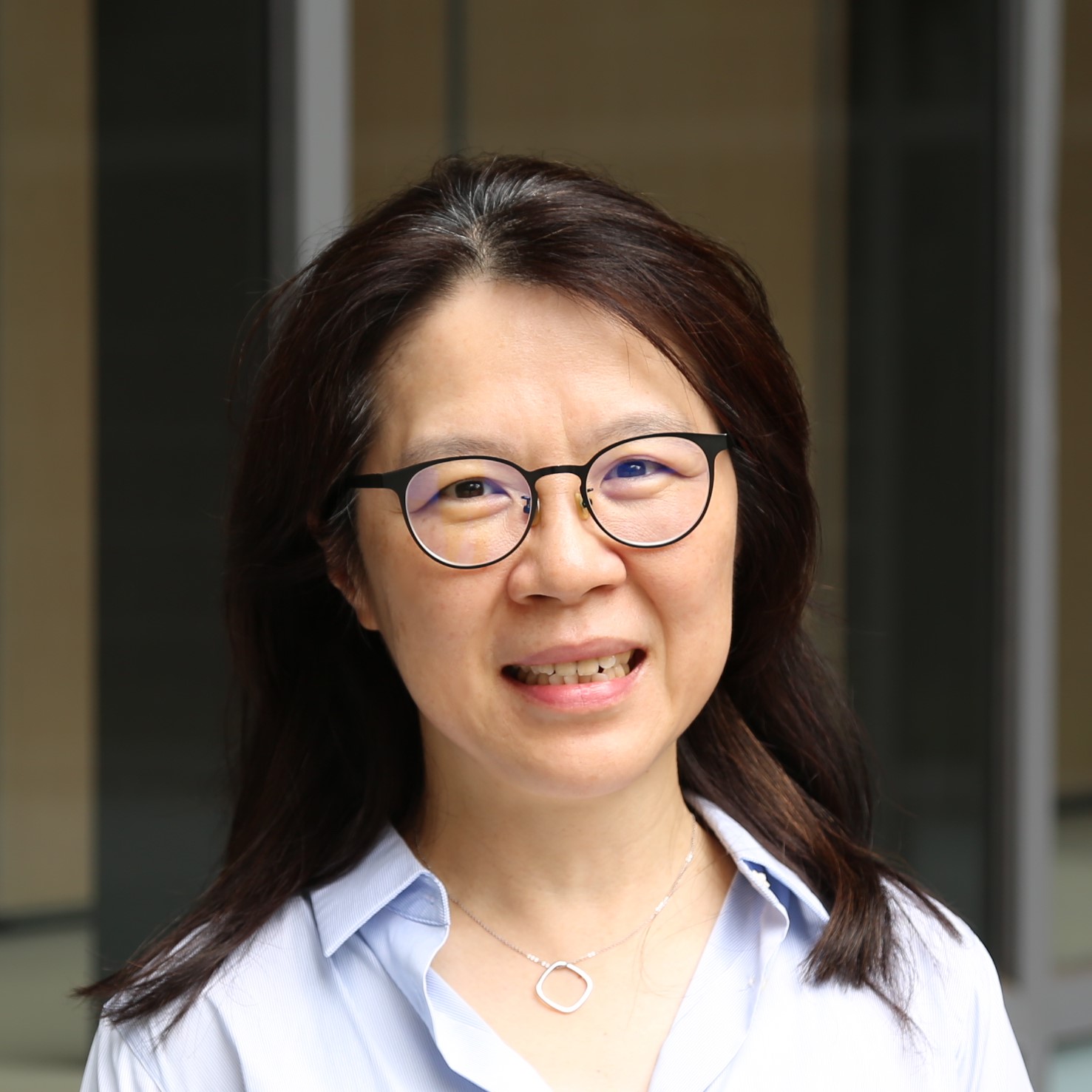
Introduction
New generations of high throughput sequencing have revolutionized genomic researches and greatly advanced the applications. The technologies have diversified greatly, proving wide scope for many aspects of biological researches.
The NGS High throughput Genomics Core at Biodiversity Research Center supports campus-wide researches with up-to-date NGS technologies. Our goal is to provide professional consultation and high-quality research service with centralized NGS platforms in a user-friendly environment and rapidly adapting to technology advancement.
Our facility houses both 2nd-Gen (Illumina) and 3rd-Gen platforms (PacBio and Oxford Nanopore), and also the single-cell 10x Genomics system. Through various NGS applications and customized experimental design, we provide services to labs within as well as outside of Academia Sinica, contributing to many publications. We thrive to provide our capacity and enable diverse studies for many fascinating genomic researches.
Establishment of the NGS Core Facility
The High Throughput Genomics core lab was established at Biodiversity Research Center in 2008 as a project-based research core facility that also accepts other NGS requests. In 2013 the core was promoted and became the representative NGS Core for Academia Sinica through competition, and began campus-wide NGS service in 2014.
We have operated all major NGS platforms, including the 2nd-Gen Roche 454 GS FLX+, Illumina GA IIx, and HiSeq2500, and established 3rd-Gen platforms PacBio Sequel system in 2016, as well as Oxford Nanopore GridION in 2019. In late 2020 we acquired the newest Illumina NextSeq2000 sequencer for even greater output and budget efficiency.
NGS Services and Applications
We provide professional consultation and quality services for standard genomic and transcriptomic applications. Also, we enabled many specialized applications through R&D and project collaborations to meet the diversified and peculiar needs for various genome/transcriptome projects.
Through working on many de novo genome projects, we gain expertise in sequencing long genomic DNA at tens and hundreds of kilobase ranges. To help with genome scaffolding, we enabled mate-pair library construction for up to 40kb range, and further established chromatin interaction sequencing such as Hi-C and Omni-C into routine practice.
We help many projects involving samples in scarce quantity or compromised quality. These include LCM RNA-seq (laser capture microscopy), degradome sequencing, and customized ribosomal RNA depletion for non-model bacterial species. The low-input applications extend into 3rd-Gen sequencing for both genome and transcriptome isoform sequencing, as well as long-amplicon sequencing for virus whole-genome assembly.
In 2020 we adopted 10x Genomics for several single-cell applications (scRNA-seq, scATAC-seq, scVDJ-seq). With great effort, we established spatial transcriptome sequencing upon the manufacturer’s release of the application and have applied the technology to both animal and plant projects.
To help bring out the best for the projects, we apply various NGS tools and know-how, and our experienced staff team up with users for customizing new methods to fit the unique needs of the projects.





